8 Essential Oil Dangers and Risks

8 Top Essential Oils for Respiratory Support and Problems
February 15, 2018
Diy Sleep Balm Recipe
February 27, 2018Find Out Essential Oil Dangers and Risks Plus Tips on How to Avoid Them!
I love essential oils because of their many uses and benefits, but the truth is, there are also essential oil dangers we should be aware of.
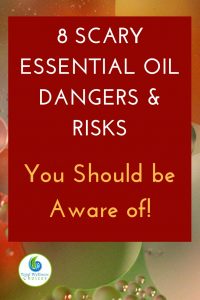 Knowing the risks of essential oils will help you avoid any unwanted negative effects.
Knowing the risks of essential oils will help you avoid any unwanted negative effects.
The thing is, a lot of people erroneously assume that natural remedies do Not pose any danger or have side effects.
Oh yes, I used to think so too. But that is far from the truth!
Natural remedies do not contain synthetic ingredients that are alien to the human body.
So they work more naturally with our body and do not have the harsh side effects associated with pharmaceutical drugs.
However, they can also cause negative side effects if not used the right way or if they contain any ingredient that you are allergic to.
Yes, EOs are natural, but they are also concentrated and very potent. And, even though most people will never have a negative reaction to essential oil, it still does occur.
So my goal for this post today is to discuss these essential oil dangers and offer suggestions on how to avoid them!
8 Essential Oil Dangers and Risks Revealed!
#1. Chemical Sensitivities
Some people are very sensitive to the scents and chemicals and can experience negative reactions to essential oils easily. For such individuals, stick to 1% dilution or use only hydrosols.
#2. Photosensitivity
Some essential oils increase your photosensitivity, which makes your skin more prone to burning reaction when exposed to the sum or any other UV rays like a tanning bed, the oil will cause a burning reaction.
So if you use phototoxic essential oils on your skin, ensure that you do not go out in the sun.
And note that the effect of phototoxic reaction can last for up to 18 hours after application.
It is important to note that most citrus essential oils are phototoxic except wild orange/sweet orange, tangerine, mandarin, steam-distilled lemon and steam-distilled lime.
Some of the phototoxic essential oils include:
- Cold pressed lime (distilled lime is not phototoxic)
- Cold pressed Lemon (distilled lemon is not phototoxic)
- Bergamot
- Grapefruit
- Bitter orange
You can still use some of the phototoxic essential oils SAFELY on sun-exposed skin by sticking to safe dilution ratios such as:
24 drops grapefruit to 1 oz carrier oil
12 drops cold pressed lemon to 1 oz carrier oil
8 drops bitter orange to 1 oz carrier oil
4 drops cold pressed lime to 1 oz carrier oil
1 drop bergamot to 1 oz carrier oil (BEWARE:THE MOST PHOTOTOXIC!)
Don’t be tempted to stray from the above recommended dilution ratios unless you want experience sunburns. always remember that essential oils are very potent and even 1 drop above the recommended amount can cause unwanted side effects.
#3. Skin Reactions
There are basically two types of skin reactions and they are skin irritation and allergies.
Looking at these two types of skin reaction, you may be tempted to think that they are the same, but they are NOT!
In the case of a skin reaction, the reaction will calm down if you stop using the oil or wash it off. There are different approaches to washing off essential oil applications that have caused a skin reaction.
Some say not to use water, but to apply a carrier oil (with no added essential oil) immediately to the skin and gently wipe off, then apply more carrier oil to the affected area.
Others say to use mild soap (castile soap) and water. To gently wash area followed by rinsing thoroughly under running water for a full ten minutes. Most people think they have rinsed well and long enough, but ten minutes can seem forever – timing is important!
Then there is a third group who uses a mix of the two above recommendations: Wash area immediately and thoroughly with mild soap and water. Follow it by applying carrier oil to the affected area.
The important thing is to immediately remove the essential oil from the affected area.
A skin reaction usually happens immediately after the application of a particular oil or blend. Some of the symptoms are itching, burning sensation and redness.
If you experience negative reaction from an essential oil, be cautious when using that particular oil in future.
You can reduce the percentage dilution. For instance, instead of 2% you can use 1% and remember, you can always use a milder substitute.
Spicier EOs like ginger, clove and cardamom are more likely to cause skin reactions.
With allergic reactions, the negative reaction (skin inflammation and irritation) continues for hours after you stop using the oil or blend. And the reaction occurs any time you use the oil again.
Get your FREE essential oil dilution chart printable here!
#4. Essential Oils and Kids
Although there is no generally agreed-upon age when it is safe to start using essential oils topically on kids, I would suggest to NOT apply essential oils to the skin of kids under 5 years of age.
Like I said before, essential oils are very concentrated and even a single drop in that blend can be too harsh to the very delicate and sensitive skin of kids.
For children who are up to 5 years old and above, endeavor to use the right dilution ratios (1/2 of adults’).
And there are essential oils that are too strong and should not be used on children. These EOs include eucalyptus, wintergreen, peppermint, rosemary, birch, fennel, and lemon verbena.
The above is not an exclusive list. Always check on the individual oil to ensure it is safe for a child. A reputable essential oil company will always list if it is safe for kids or not!
#5. Essential Oil Risks for Pregnant Women
There are a lot of essential oils that are NOT safe for pregnant women to use, but there are also a few oils that are safe.
Some Essential oils to avoid during pregnancy are:
- Basil
- Calamus
- Clary sage
- Fennel
- Hyssop
- Nutmeg
- Rosemary
- Sage
- Tansy
- Tarragon
The above is not an exclusive list. Always check on the individual oil to ensure it is safe to use during pregnancy. A reputable essential oil company will always have someone (an aromatherapist) that you can email to ask regarding a safety question!
The 5 essential oils considered safe for pregnant women are:
- Lavender
- Frankincense
- Roman chamomile
- Cedarwood
- Sweet orange
The above oils are safe to use at 1% dilution!
#6. Respiratory Problems
People with respiratory problems such as asthma react differently to essential oils especially those commonly used for respiratory health support.
So, if you are one of them, it is important that you first smell the oil you want prior to use. Observe how your chest reacts to the oil.
You are in the clear to use the oil if it helps to make your chest feel open and calm. However, do NOT use if it makes your chest tight and constricted.
#7. Essential Oils and Medication Interaction
Some essential oils can interact with medications. Drug interactions can be deadly, so be sure to consult with your doctor before using essentials if you are on any medications.
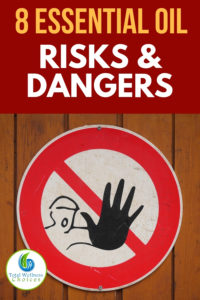
#8. Essential Oil Dangers for Pets
Essential oils can be toxic to pets especially cats, So be sure to talk to a certified aromatherapist before using essential oils on your pets.
Is it Safe to Ingest Essential Oils Internally?
I do not advocate ingesting essential oils. I know that some people say it is safe to ingest, but if you must take essential oil orally, ensure you do so under the supervision of a certified health professional.
Essential Oil SAFETY Tips
Here are some of the tips on how to use essential oils safely in order to prevent the unwanted dangers:
- Never use essential oils on your skin without dilution. Learn how to dilute essential oils for topical use here.
- In the world of essential oils, LESS is BETTER! So don’t think that using more essential oils will make them work better. Always stick to the right dilution ratio.
- It is a good idea to do a patch test if you are not sure whether you will react negatively to particular oil or not. Apply a very small amount (diluted) to the skin inside your elbow, wait for about a few minutes to so see if you will experience any negative reaction.

These statements have not been evaluated by the Food and Drug Administration. This article is for educational and informational purposes only and does not intend to diagnose or treat any disease. It is always recommended that you seek the advise of your private medical doctor.


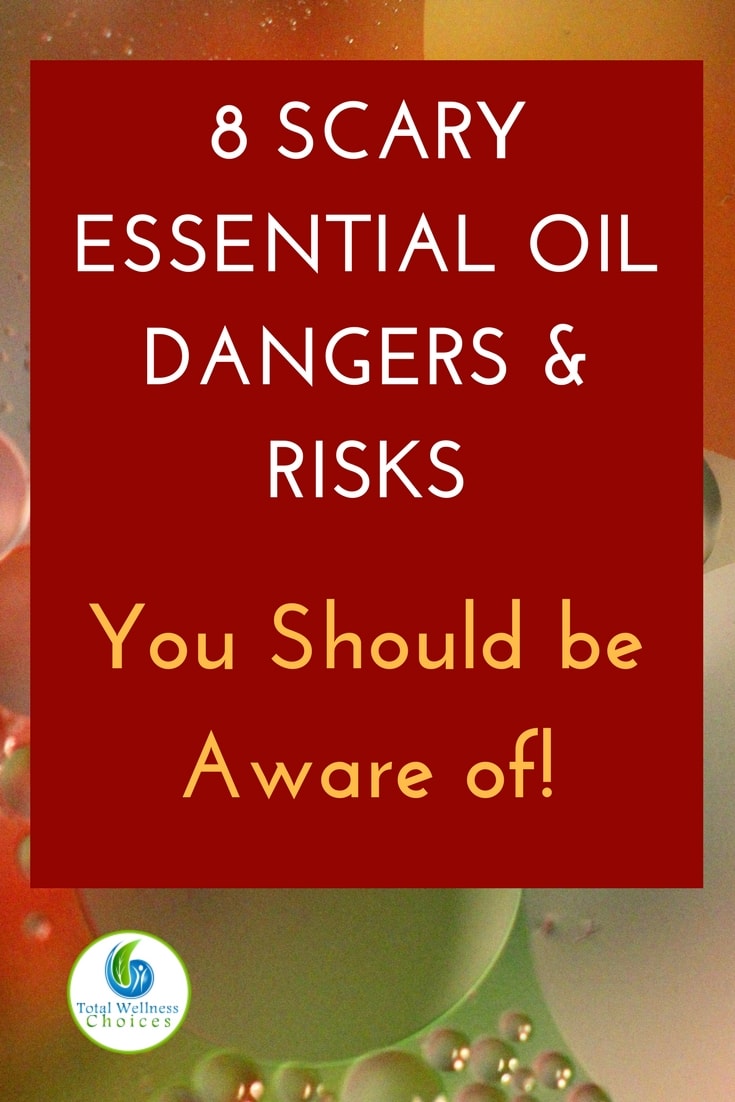

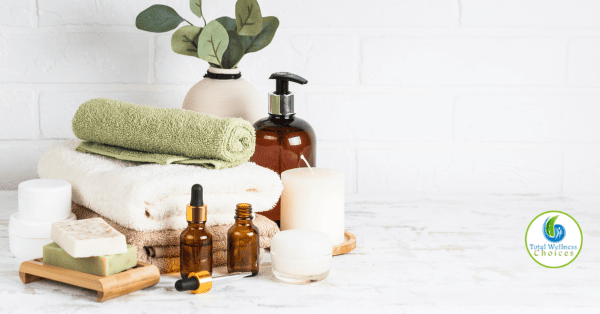
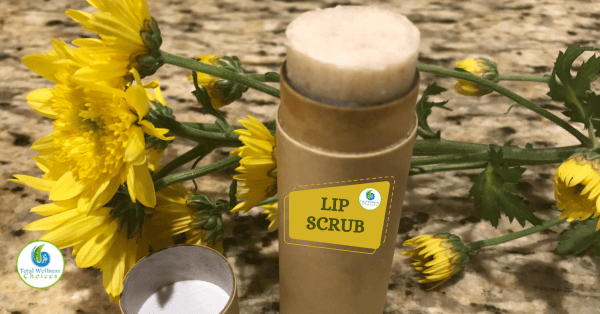


Comments
Great Article. One thing you may want to add is how to was it off. Water will not help. You must use a carrier oil and wipe it off and apply carrier oil again and so on.
Hi Lana,
Thanks for the very important contribution.